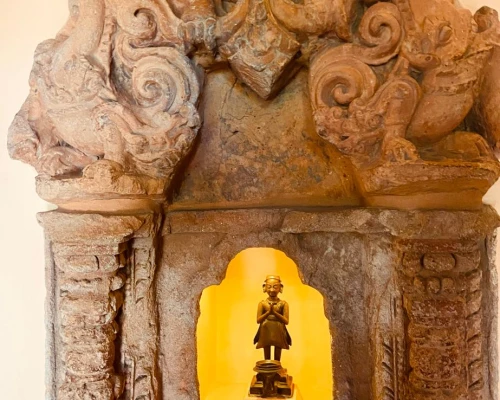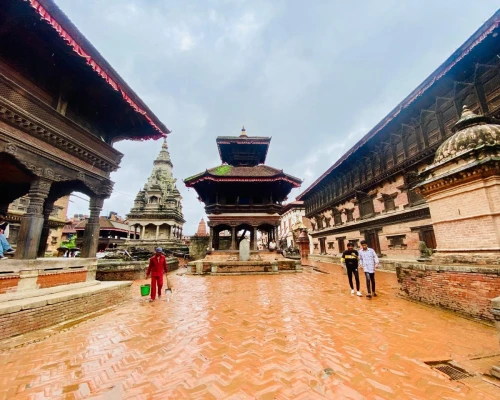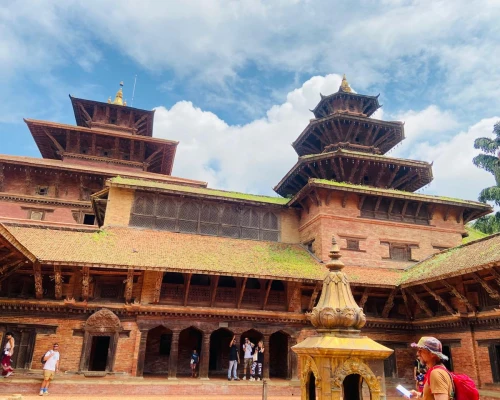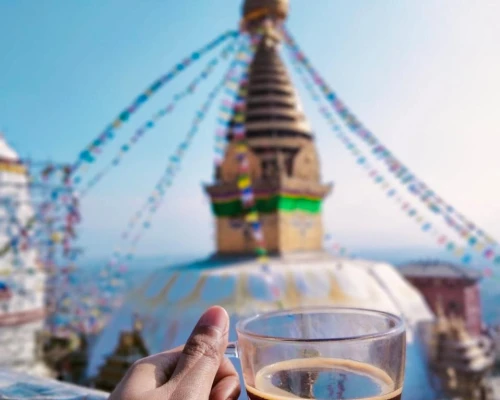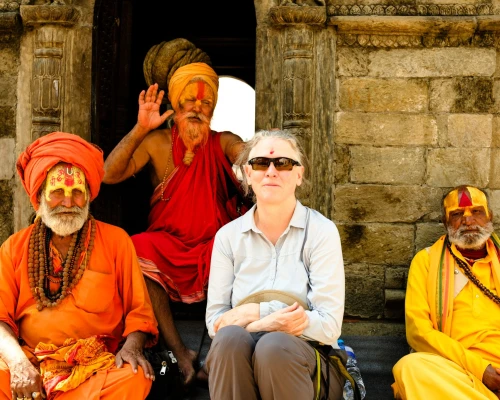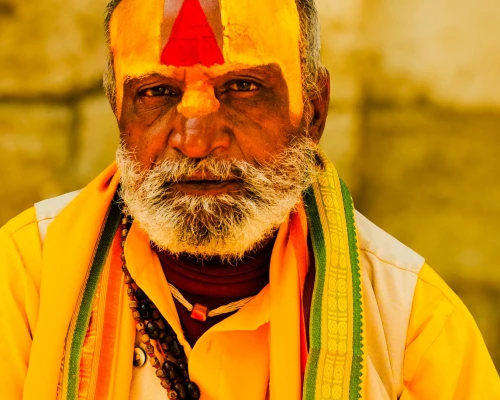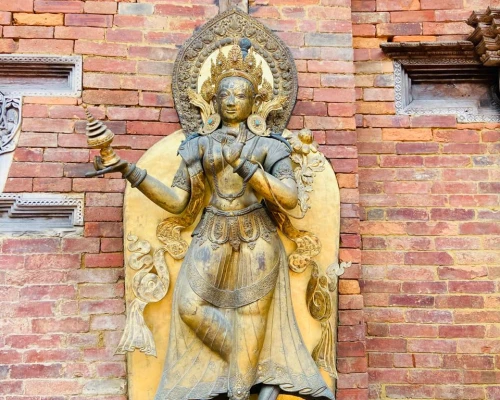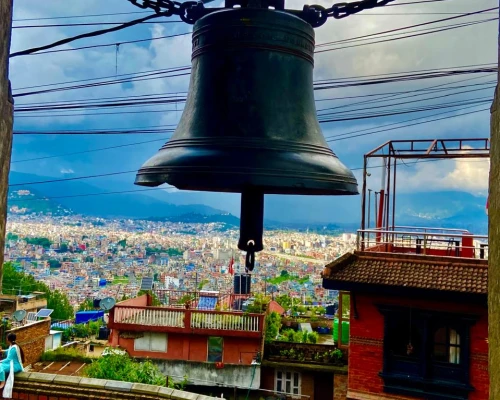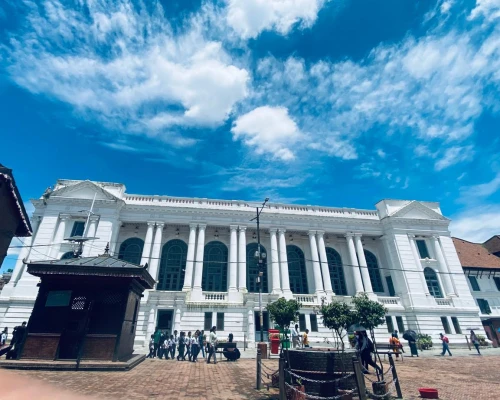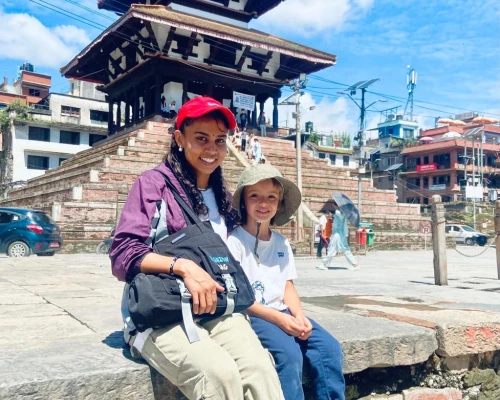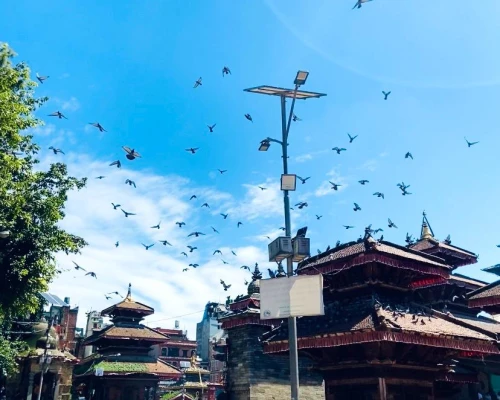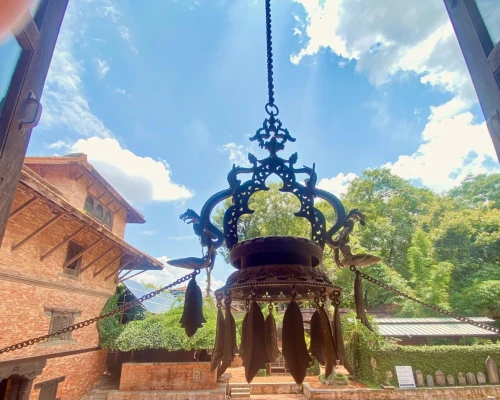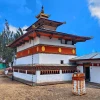Kathmandu's Identity in the World Heritage List.
Kathmandu Valley is a city that thrives with temples, courtyards, and stupas, embodying its rich religious and cultural heritage. Known as a place where temples outnumber houses and deities surpass humans, Kathmandu's temples, shrines, and stupas stand as witnesses to its glorious past.
Although structures like Kailashkut Bhawan and Mangriha have vanished over time, Kathmandu’s legacy continues to shine. It smiles from atop Nyatapola, spends sleepless nights in the fifty-five-window palace, swings in Hanuman Dhoka, and ventures to immerse its vessel in Ranipokhari.Every morning, the sacred sound of bells resonates from Pashupatinath Temple, echoing all the way to the Krishna Temple of Patan, sculpted from stone. These elements reflect the timeless spiritual and artistic grandeur of Kathmandu.
Let us take you on a journey through Nepal, a small yet extraordinary country where Kathmandu resides. Within this city are World Heritage Sites that draw people from across the globe to this tiny nation. We will explain what UNESCO World Heritage Sites are, why Nepal is home to so many of them, and guide you through these remarkable locations to experience their unique beauty.
1. Kathmandu Durbar Square
Kathmandu Durbar Square, located in the heart of the city, is a historical treasure trove that has witnessed centuries of royal ceremonies, including coronations, religious rituals, and cultural festivities. This square is surrounded by ancient courtyards like Mohan Chok and Sundari Chok, each adorned with intricate carvings, sculptures, and fountains. The peaceful atmosphere here reflects Nepal’s deep-rooted spirituality, making it an essential destination for those seeking cultural and spiritual inspiration.
2. Pashupatinath Temple
Situated on the sacred banks of the Bagmati River, Pashupatinath Temple is one of the most revered Hindu temples in the world. Dedicated to Lord Shiva, this temple is a prime example of Nepal’s Hindu architecture and devotion. The temple complex buzzes with life as devotees gather for worship, particularly during the Maha Shivaratri festival. The spiritual energy and traditional practices surrounding this ancient temple are deeply captivating.
3. Boudhanath Stupa
Boudhanath Stupa, one of the largest Buddhist stupas globally, is an iconic symbol of peace and harmony. This towering structure, designed as a massive mandala, has been a center for Buddhist devotion for centuries. The giant eyes painted on the stupa symbolize awareness and compassion, attracting pilgrims and tourists alike. Encircled by vibrant prayer flags and spinning prayer wheels, the stupa is a serene oasis in the bustling city.
4.Swayambhunath Stupa (Monkey Temple)
Perched atop a hill, Swayambhunath Stupa offers breathtaking views of the Kathmandu Valley. Known as the "Monkey Temple" due to the many monkeys that inhabit the area, this stupa is a sacred site for Buddhists and Hindus. Its history dates back over 2,500 years, and its golden spire is a beacon of spirituality. The fusion of natural beauty and religious significance makes Swayambhunath a must-visit site.
Get dropped off at Outshine Adventure in the evening after a full day of sightseeing.


